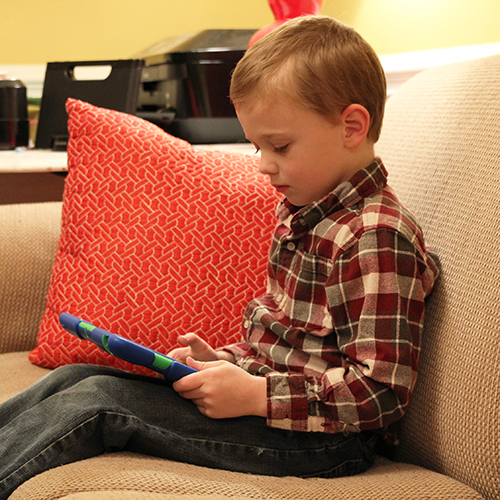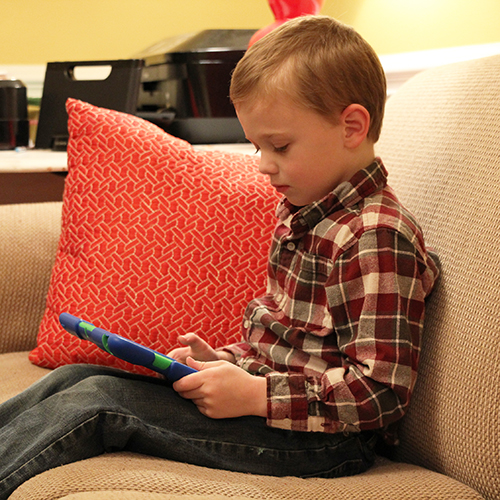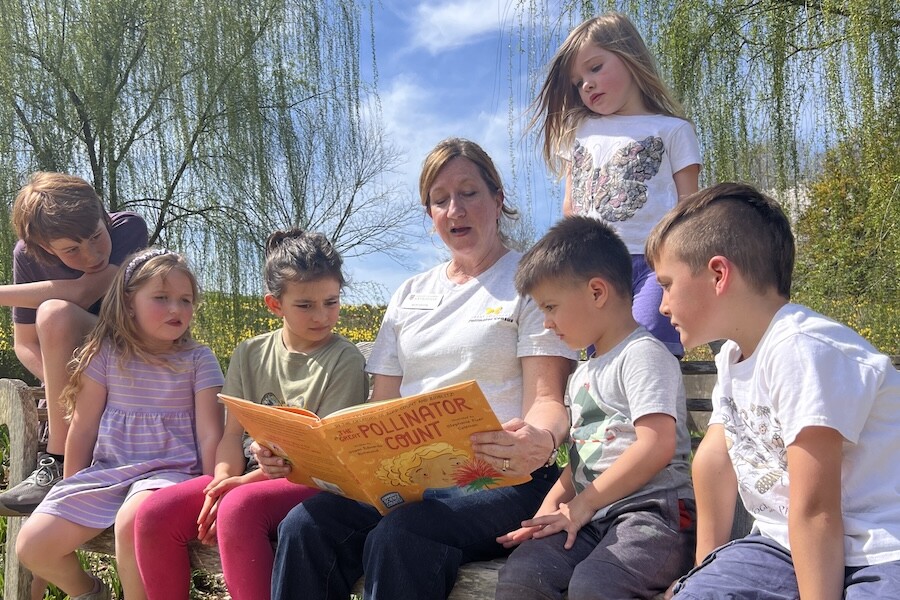Tablets have become commonplace in today’s classrooms, even as early as preschool or kindergarten.
If used appropriately, these touchscreen devices can enhance instruction, according to a University of Georgia Cooperative Extension specialist.
“The fact that tablets are being incorporated into the curriculum more and more often can be a good thing for children’s learning, as long as they are used appropriately,” said Diane Bales, an associate professor in the UGA College of Family and Consumer Sciences and Extension Human Development Specialist.
“If tablets are used in appropriate ways to allow kids to work together on projects and share ideas, technology can enhance education.”
Bales pointed to benefits such as “virtual field trips” that students can take via tablets, or opportunities to “co-create” stories, artwork, videos and other projects with classmates using the devices.
Because of the easy-to-understand touchscreen prompts of the devices and their widespread use both at school and in homes, tablets are often popular with young children.
“They are logical: I touch this and something happens,” Bales said. “You’re seeing the connection between the action and the result, and the interface is so easy.”
Despite the advantages, it’s critical that teachers and parents work to familiarize themselves with the devices and make good choices about how children use them, Bales said.
“Tablets can be misused,” she said. “There are a lot of apps and programs marketed to children that are not child-directed and that aren’t building deep knowledge. Choose content because children can learn something from it, not just because it’s cute.”
Here are a few other tips from Bales and UGA Extension:
1. Talk to your child’s teacher about how tablets will be used in the classroom.
“It’s a great topic of conversation for back to school nights and parent-teacher conferences,” she said. “Find out what kinds of apps they use in the classroom that children enjoy. And if you have ideas or concerns about classroom tablet use, discuss them with the teacher.”
2. Provide structure, and consider time limits if a tablet is available at home.
“Using tablets should never be the only thing kids are doing, and it should never dominate a child’s day,” she said. “For some children, time limits are going to help make sure they don’t. Just be sure to make the time limit clear by explaining it to the child in advance and setting an alarm or timer.”
3. Remember that tablets are just one tool for enhanced learning and should not replace more traditional options.
“A tablet should never replace books or blocks or puzzles or hands-on art or running and climbing outdoors,” Bales said. “But it can be used to enhance what kids do and it can be a great tool to learn more. It’s like anything else: parents and teachers have to decide how best to use it.”
For parents who want more information about tablets, Bales suggests viewing the “Selecting Apps to Support Children’s Learning” link at families.naeyc.org/learning-and-development/selecting-apps-support-childrens-learning.





